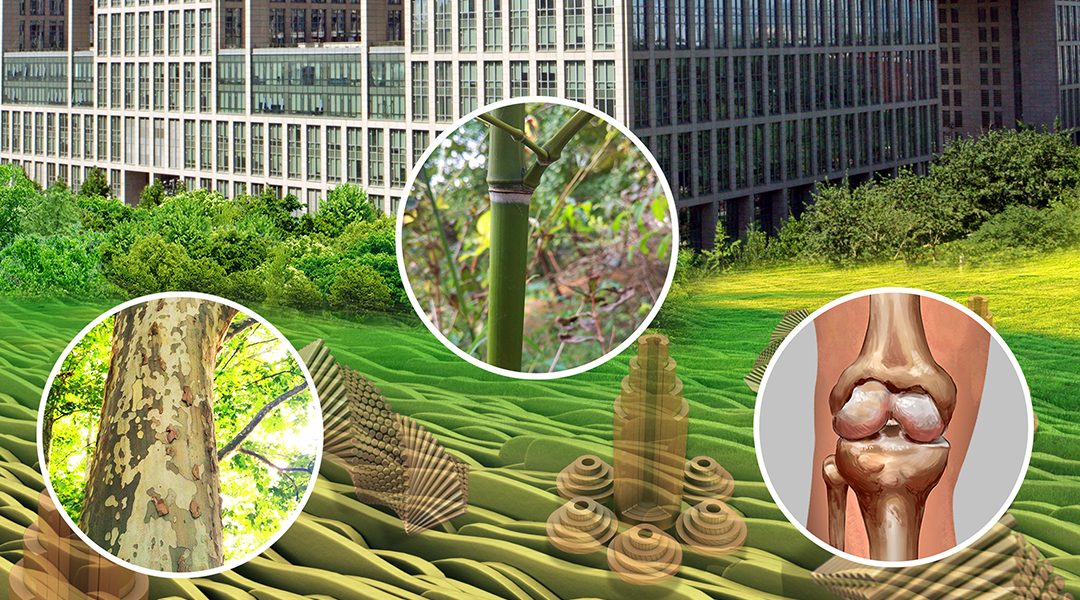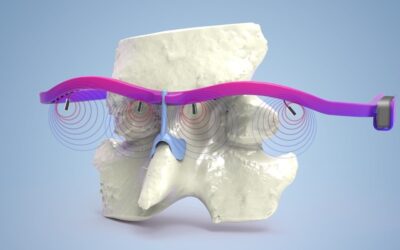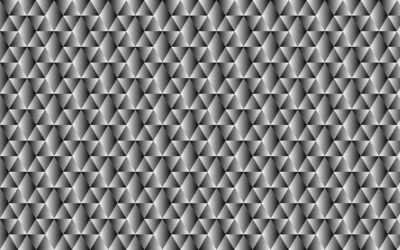A recent special issue of Advanced Materials, issue 45 in 2017, was dedicated to highlighting nature-inspired surface and materials research at Beih ang University in Beijing, China, presenting an overview of the multidisciplinary materials research being conducted through collaborations in physics, engineering, materials sciences, and chemistry. Th is was to coincide with the 65th anniversary of the university, which took place in 2017: Beihang University was founded in 1952 through a merger of the aeronautical departments from eight of the top Chinese universities, including Tsinghua University, Peiyang University, Xiamen University, and Sichuan University. Today, Beihang University is one of China’s leading research universities, with preeminent science and engineering programs and is among the few top universities that are supported by the National Education Excellence Initiative, which is aimed at developing world-class universities in China.
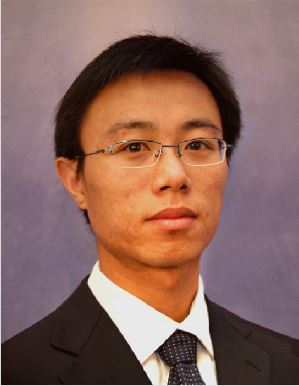
Professor Qunfeng Cheng
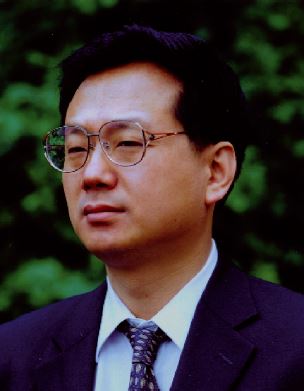
Professor Lei Jiang
This special issue of Advanced Materials, guest edited by Professor Qunfeng Cheng and Professor Lei Jiang, focuses on multidisciplinary studies in materials research from different schools of the university, including the School of Chemistry, the School of Materials Science and Engineering, the School of Mechanical Engineering and Automation, and the School of Physics and Nuclear Energy Engineering. The work highlighted focuses on bioinspired smart interface materials, bioinspired lightweight co mposites, energy materials and batteries; and bioinspired ion-channel devices. Bringing together a collection of reviews on subject areas as diverse as interface and surface science, thermoelectrics, hydrogels, conducting polymers, batteries and energy conversion, and other bioinspired systems.
While the issue cannot cover all the materials research at Beihang University, it does nevertheless reflect how various including chemistry and physics, interplay in the university’s materials research work.
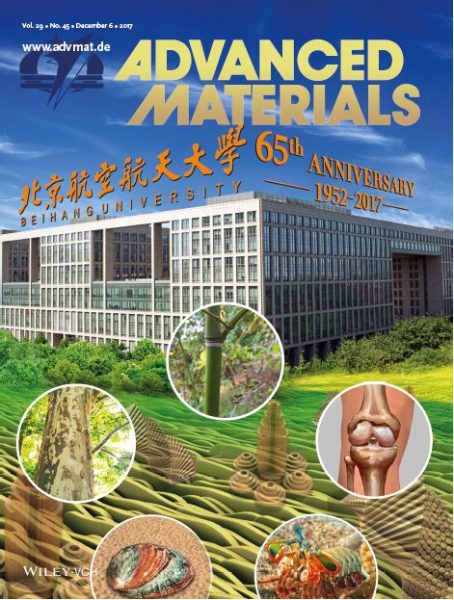
Nature-Inspired Surface and Materials Research at Beihang University

